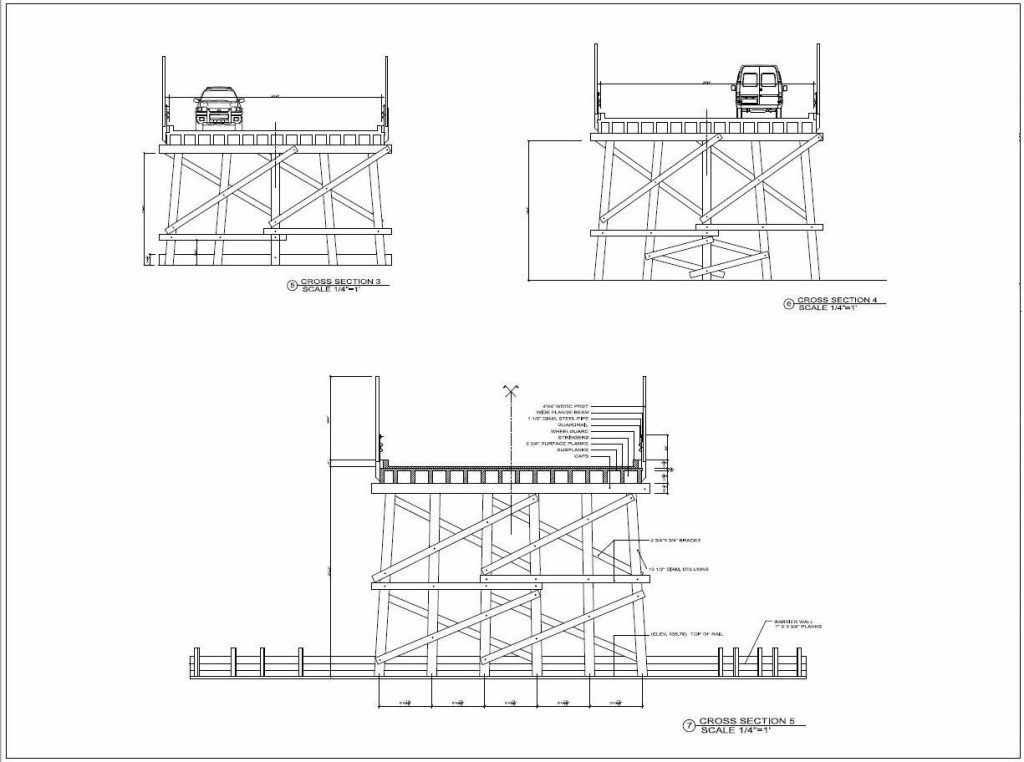
SFL working history spans from supporting endangered realities within disadvantaged
urban communities to giving impetus to small scale retail businesses in order to counter the growth of suburbia, up to re-thinking functions and capabilities of regional cultural resources such as Franconia Sculpture park in Shafer MN, and the Mille Lacs Band of Ojibwe Native American Museum and trading post in Onamia, MN.
The following projects covering the years from 2008 to present, consist of non-forprofit
actions with multiple design utensils. The effort is weaving together approaches
able to mend the social fabric in a plurality of ways.
-AMOS & AMOS BBQ AND FISH HOUSE RESTAURANT are two examples of family owned and managed restaurant businesses still present in the African-American community of the Twin Cities; instances of the same endangered reality that somehow resists the fast-food chains proliferation within the complex and variegated fabric of cultural diversity of the American society.
SFL’ technical assistance provided support to the West Broadway Coalition in charge of coordination of business activities in the urban area of North Minneapolis. Besides redesigning interior spaces and planning interventions needed for renovation and upgrading equipment and production, SFL provided technical documentation to obtain forms of funding for the work to be performed under the coordination of WBC.

-CLEANERS FACILITY ADDITION PROJECT concerns the preliminary design for the expansion of the existing dry cleaning facility while pursuing compliance with environmental protection regulation. The design consisted in the addition of areas open to the public and separated from the plant, annexation of an additional storage, and upgrading of working space in the basement below the street level.
The above new arrangements provided the opportunity to redesign and revitalize the existing city block in view of creating a more functionally-diverse urban fabric. The lot in which the existing facility is located was presented as an empty space devoid of connotations and disconnected from the adjacent urban fabric. SFL’ solution pursued such mending by linking the two south corners of the lot with a covered public walkway annexed to a two story high street front diaphragm, thus providing the following enhancements:
-New sidewalk with pedestrian access to the existing facility duly separated from
vehicles.
-New drive-in service through dedicated lane for vehicles covered by a canopy.
-Fresh impetus to small scale retail business to counter the growth of suburbia at the expense of the fabric of the city, by locating a retail area accessible from a front porch.
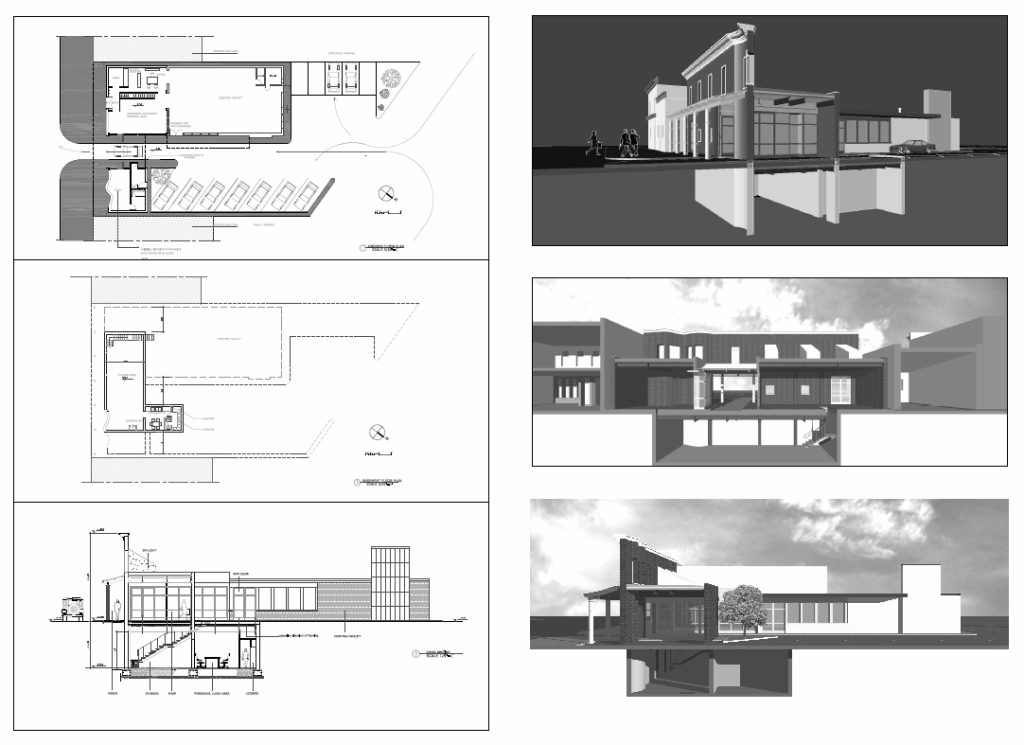
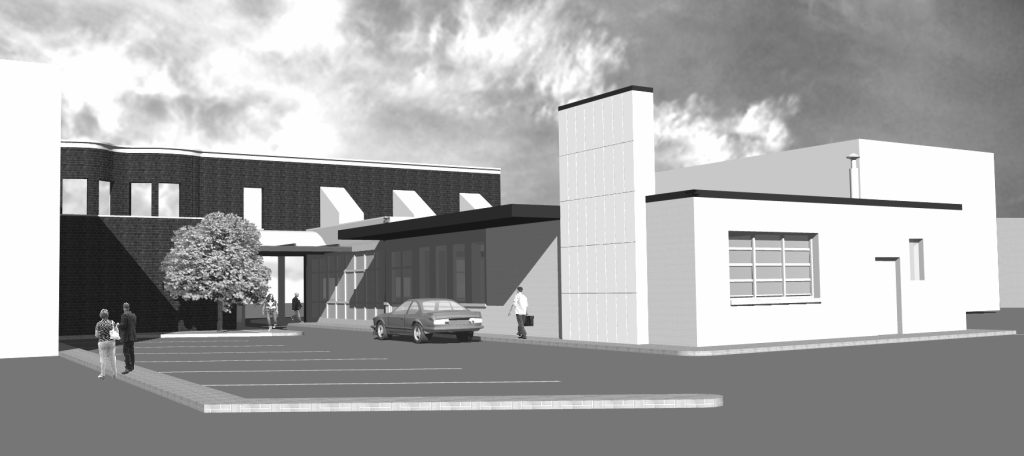
"THE TIME MACHINE"
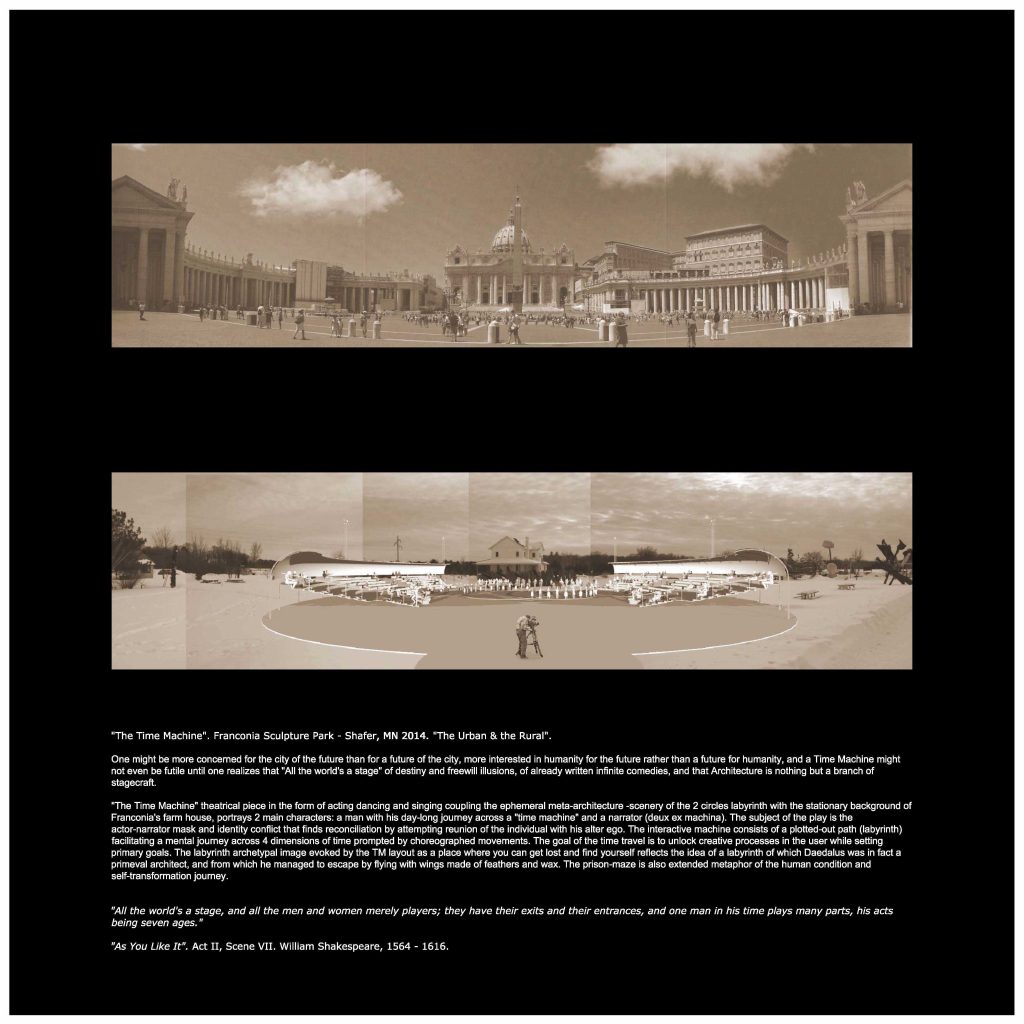
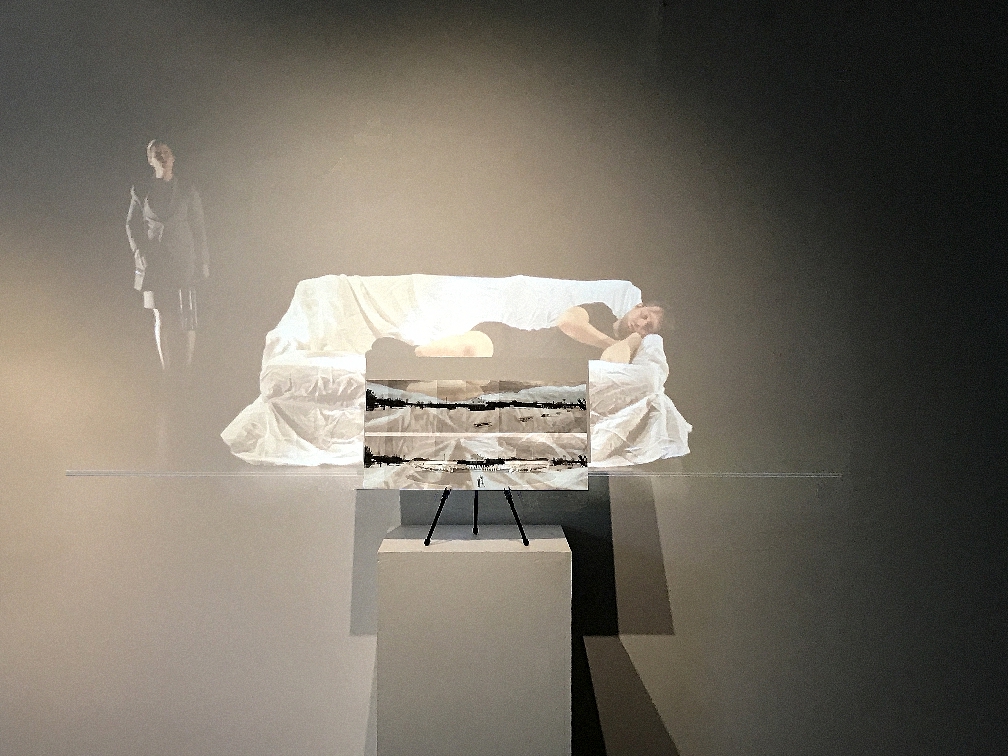
“The Time Machine”. Franconia Sculpture Park – Shafer, MN 2014.
One might be more concerned for the city of the future than for a a future of the city, more interested in humanity for the future rather than a future for humanity, and a Time Machine that travels us through space and time might not even be futile until one realizes that “All the world’s a stage” of destiny and freewill illusions, of already written infinite comedies, and that Architecture is nothing but a branch of stagecraft.
The reference to the well known science fiction novel by Herbert G. Wells is not accidental but must be interpreted as a conscious allusion in the effort to convey a different way of looking at time than the one consistent with mainstream culture and linear economy, and simultaneously a different way of looking at technology and science as the panacea for all social problems and the exclusive or primary means for objectivity.
The full significance of the time machine however, can be grasped only when linked to the subsequent work on “The Being Machine” with which it forms a whole cornucopia of meaning that is greater than the separate dialogue of its elements. The whole body of work paraphrases Being and Time (1927) by German philosopher Martin Heidegger which, by discussing the question of the “ontological difference”, establishes the very first attempt to question metaphysical thinking and the basis of western culture.
The “Time Machine” is part of SFL’ multiple design utensils, multimedia works and other forms of cultural experience as platforms to explore, envision and nurture reforms and growth of cultural and social fabric. The TM will be preliminarily staged in the traditional setting of an indoor theater with a body of professional dancers. The dancers will impersonate a “time travel” of two groups of children across 2 circles at Franconia Sculpture Park in Shafer, MN.
The “Time Machine” is an unsophisticated, deviceless, non-corporeal machine that aims to suggest the idea of an eternal present. Present past and future are equally real, they have same ontological status, in other words, they all are simultaneously existent entities in the accomplished and inclusive block of destiny.
The circles of children in the “Time Machine”, is a monument designed outside the spheres of art and architecture. Instead of being a memorial to a collective memory (i.e. to commemorate some notable victory, or a country) is a tribute to the children individual life. As a mile-post in their lives it commemorates themselves. It is like returning back to an original unity, back to Chauvet cave in France, the oldest recorded cave-art in the world, when a painting on cave walls and ceilings would function like a good propitiation for hunting before being labeled and categorized as an artwork. The “machine” is akin to Chauvet cave in that they both function as social amulets, but the circles, unlike the cave painting materiality and primeval response, strive instead for “immateriality” in such a way as to evoke an invisible joy: an accumulation of happiness, social cohesion and engagement with the event in both the children and the audience.
The two circles unlike the movement of a cogwheel that meshes two parts (circles) in order to produce a mechanical advantage, merge instead and have the same direction of rotation, either clockwise or counterclockwise. This is not art or architecture in the traditional sense, but a radical act of anthropological sacralization and rupture with the traditional tri-folded hegemony of artist, art work, and display space. The Time Machine might as well disappear after that the event has taken place. We have chosen Franconia Sculpture Park as an ideal setting of a summer season with performing artists in music, dance and theater.
The setting at Franconia provides two alternatives with 2 different degree of carbon foot print: a) one that is above zero of a certain degree (prefabricated bleachers) and another b) that is totally earth friendly and biodegradable (cob).
A. Portable solution with temporary special event seating rentals (7′ high prefabricated bleaches)
B. “Permanent” amphitheater made with the world’s oldest building material: a combination of earth and straw (cob). The current project, a dish, measuring 210′ in diameter is seen as a wholly sustainable effort whose materials come together at the site with no waste involved. The central effort would be to excavate a dish and conserve all the material excavated for use in the seating platforms stepping down a total of ten feet to a central stage area 70 feet in diameter; a 3′ bream at the perimeter for definition and as a transition from the surrounding grade; a “French drain”, whose void is filled with washed river rock (gravel) with a stage/walkway placed on top of the compacted gravel. The walkway will also be of cob. The entire installation is intended to revert to its original grade or a close proximity in a matter of years in that cob will dissolve when exposed to rain showers. Restoration of cob structures are performed regularly throughout the world. This dish can be used for two seasons without restoration or can be maintained for centuries. All it takes is goodwill and the labor required to consolidate the cob forms.
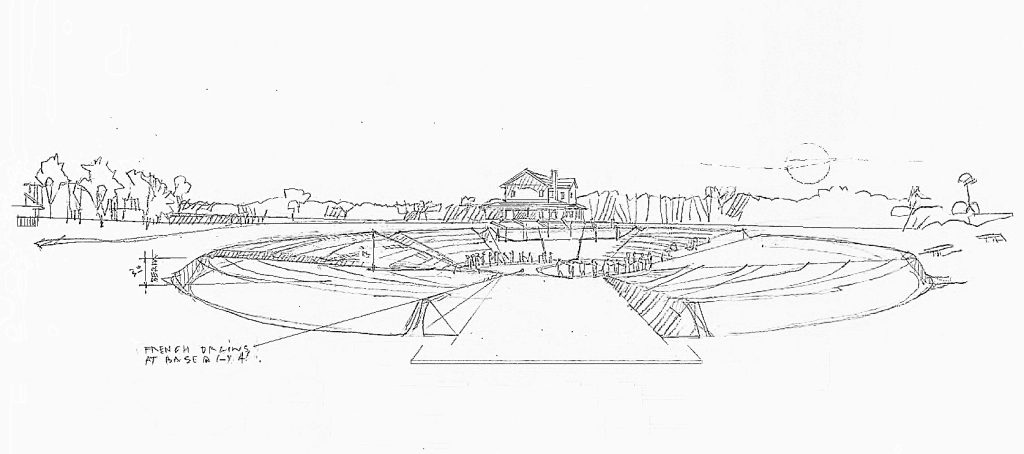
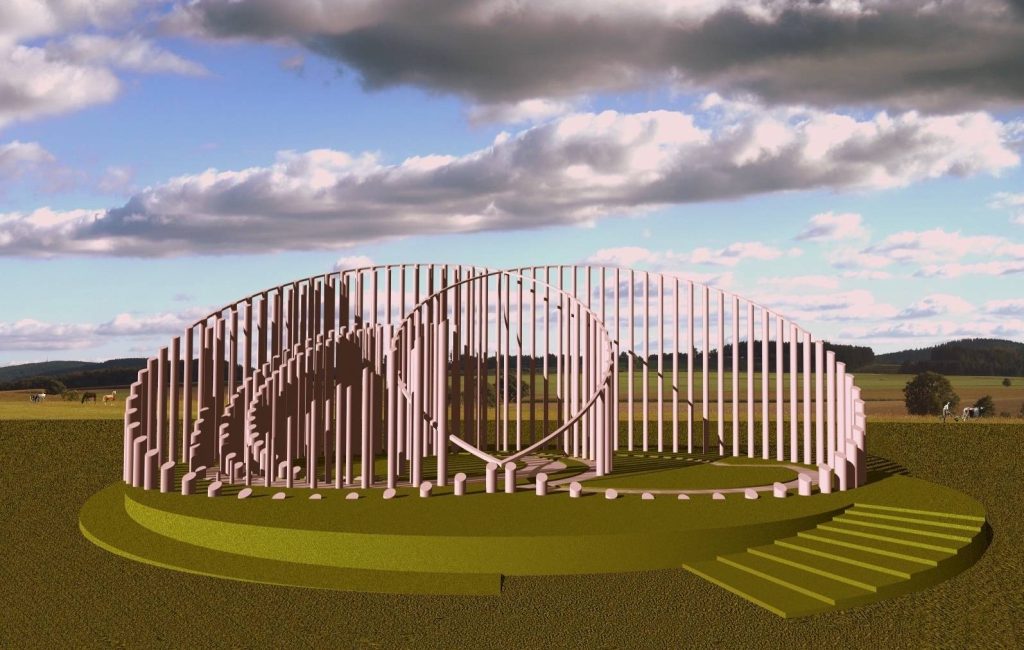
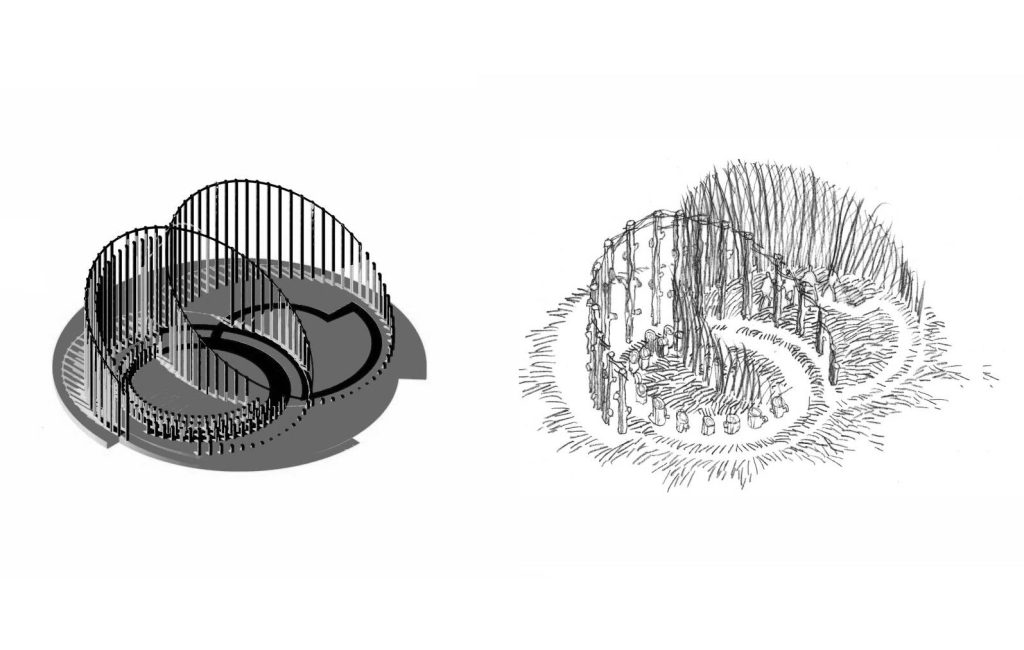
A school band performs the Time Machine music theme during the event to synchronize the walking of the two groups of children in a finely eurhythmic fashion. Each group of children will walk hand in hand a curved path inside the 2 circles. The path is composed by 7 parts:
– 4 Phases each one representing a dimensionality of time (present, past, future, and back to present) which they will match with a respective mind setting: presence, recalling, imagining, narration.
– 3 Interludes (Rhapsody, Wall of Happiness, Farewell). Each interlude is further divided into a vocal performance and a choreographed part that follows the mezzo-soprano solo performance.
The path of the second movement (Past) facilitates the recall of a happy memory that the children have experienced in their own lives. After having accumulated a happy frame of mind emerged along the route in the past, the two groups merge along the center line and form “the wall of happiness”. The wall is charged with a strong symbolic value because it contains objects that share the same memory space: a “non-wall”, an ideal non-barrier. That very instant is a wall of children facing two different cardinal directions in an alternating fashion like bricks. An invisible joy, an accumulation of happiness and social cohesion representative of the fundamental unity of all things.
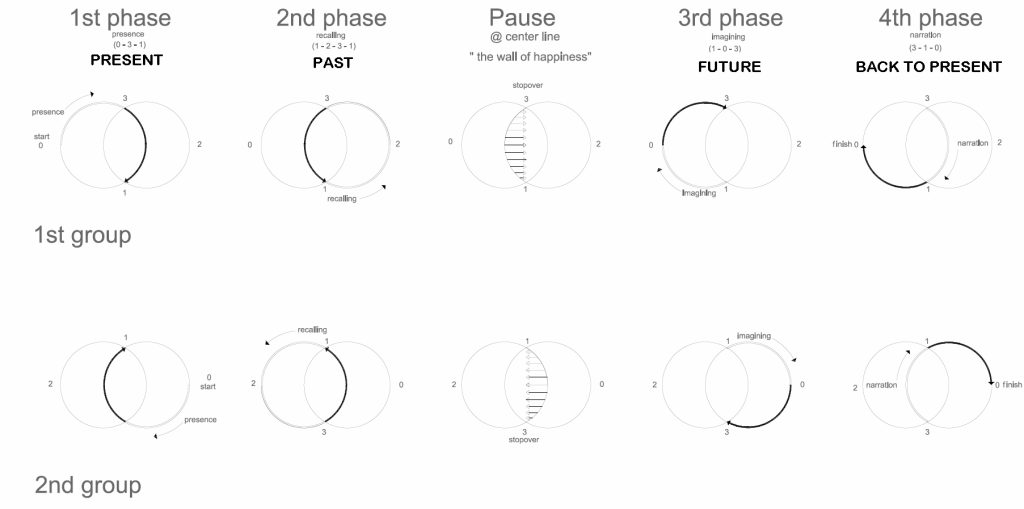
The “Time Machine” is an event in which immaterial values such as happiness don’t necessarily need an actual physical counterpart; just like beauty and truth.
It has been demonstrated that the average meandering ratio of rivers, (the length of the river from its source to its flow into the ocean or into another body of water) is roughly 3.14 times (PI) the distance source-end when measured in a straight line. There is a tendency in nature (perhaps due to minimize the effect of erosion), to take up that ratio as an ideal proportion. Allocation perhaps is the right word? Is it because we inhabit a sphere that such things are true?
The length of each group of children when they held hands, must always be equal to the diameter of the circles (C/PI=D=31% of the circle) so that each group can be contained within an arc of 120 degrees (1/3C=33% of the circle) when the two groups are facing each other during the pause. The number of children that makes up each group when they held hands is equal to the ratio D/PI.
For Franconia, for its scale, this number is equal to 13.

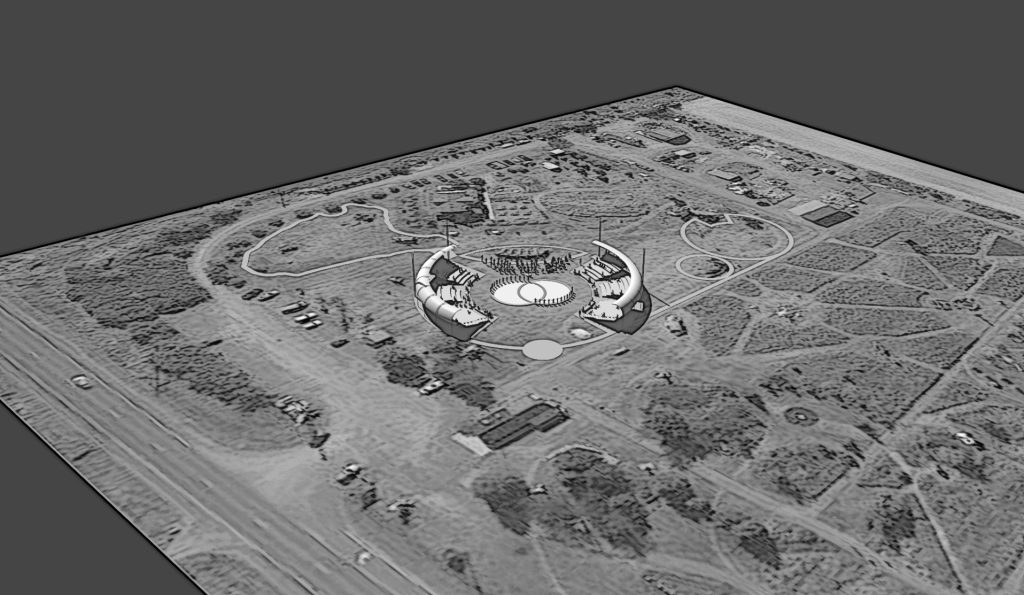
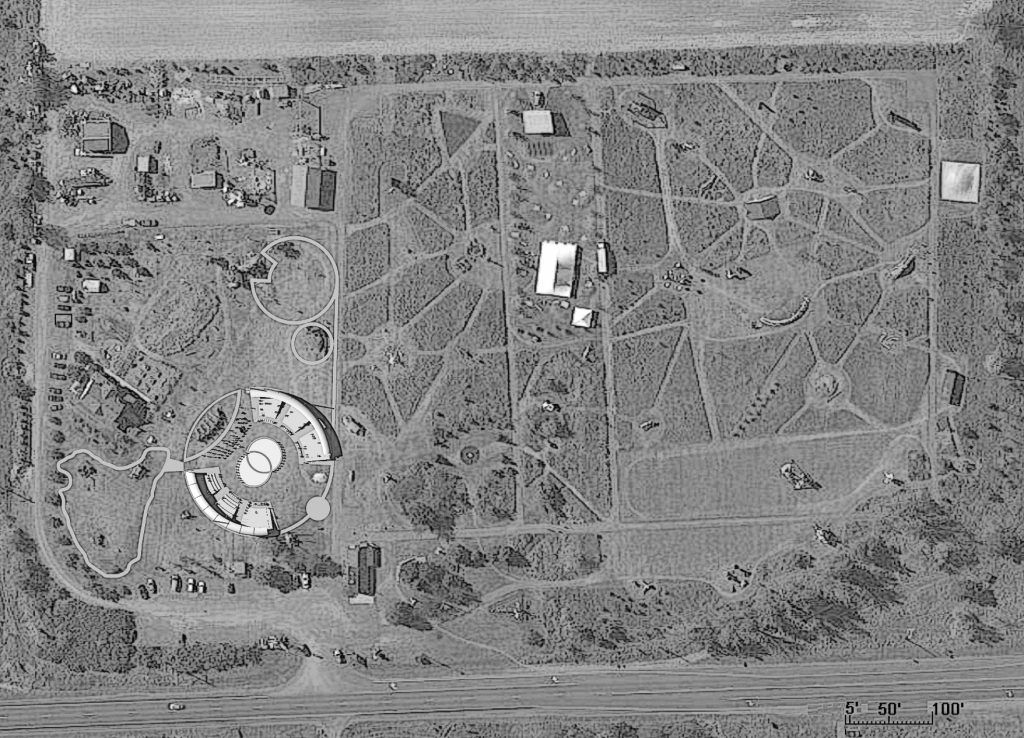
"THE BEING MACHINE"
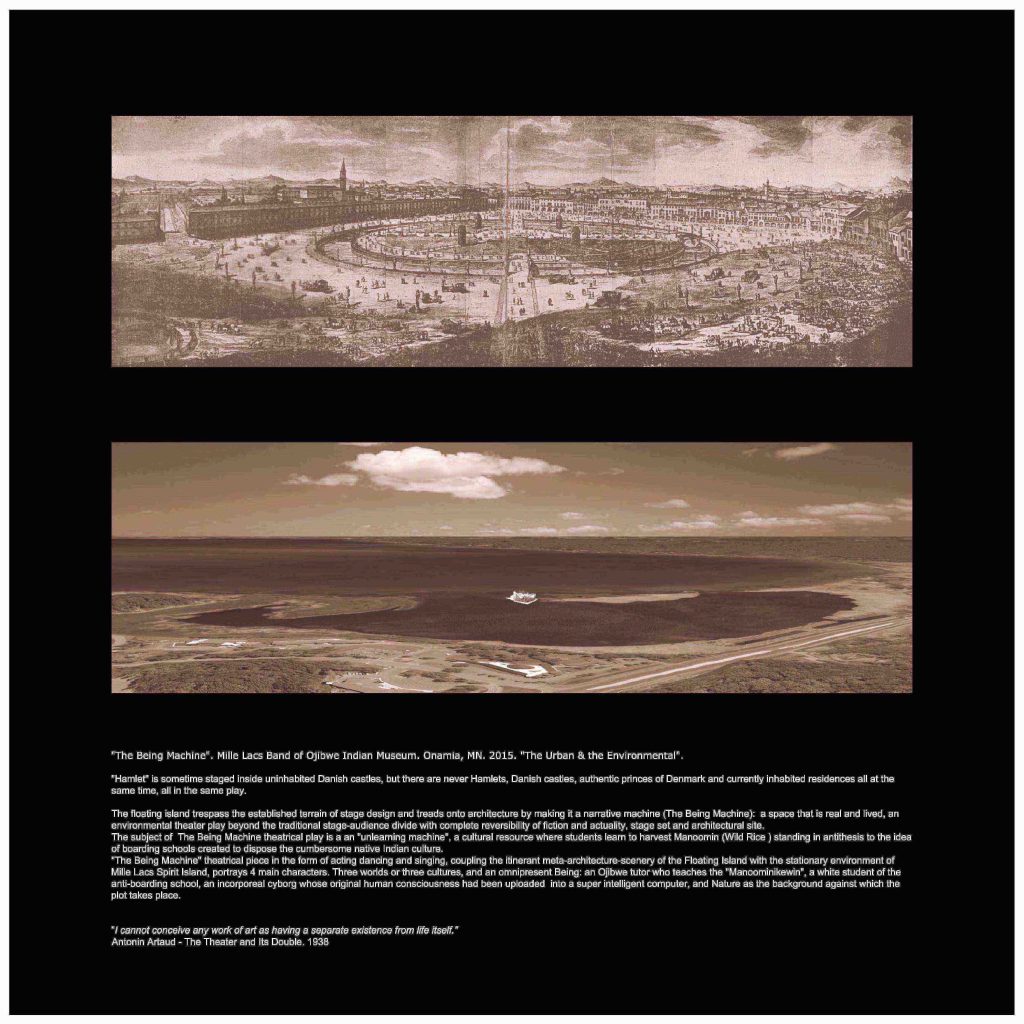
“The Being Machine”. Mille Lacs Band of Ojibwe Indian Museum. Onamia, MN. 2015.
“The Urban & the Environmental”.
There is an aesthetic that Robert M. Pirsig’s philosophical treaty conveys through the form of his novels “Zen and the art of motorcycle maintenance” and the subsequent “Lila”, respectively an “Inquiry into values” and an “Inquiry into morals”, which, known as the metaphysics of quality, is a sidestepping of the traditional thought about art and art function.
Only a few before Pirsig have evaluated so clearly the role exerted by the Native American culture in the formation of the most genuine nature of the American nation, as much as the Greeks and their culture – although the latter relegated to a function of “corporate image” – have shaped the minds of their Roman invaders.
The Nihilism established deeply in the ideology of a putative unlimited development has progressed utilitarian ethics of institutions and politics, expropriating a practice of sustainability deeply embedded in the cultural heritage of mankind, through automatic processes of “recuperation” (Guy Debord).
Actions are necessary to distance ourselves from processes “The Society of the Spectacle” (Guy Debord) has rendered mere representation in its colonization of social life. A reformation of the concept of development is necessary to recompose the idea of art and architecture, distancing ourselves from an hedonistic response given to sustainability demand by either the industrial production or the third millennium professional and business world.
The temporary “dwelling” at Mille Lacs aims to re-connect local food resources natural habitat and dwelling practices within a cyclical economy vs. a linear economy of consumer market made of endless development and continuous exploitation. The floating island trespass the established terrain of stage design and treads onto architecture by making it a narrative machine (The Being Machine): a space that is real and lived, an environmental theater play beyond the traditional stage-audience divide with complete reversibility of fiction and actuality, stage set and architectural site.
“Hamlet” is sometime staged inside uninhabited Danish castles, but there are never Hamlets, Danish castles, authentic princes of Denmark and currently inhabited residences all at the same time, all in the same play.
The subject of “The Being Machine” theatrical play is a an “unlearning machine”, a cultural resource where students learn to harvest Manoomin (Wild Rice) standing in antithesis to the idea of boarding schools created to dispose the cumbersome Native American culture.
“The Being Machine” theatrical piece in the form of acting dancing and singing, merges the itinerant meta-architecture-scenery of the Floating Island with the stationary environment of Mille Lacs Spirit Island and portrays 4 main characters, three worlds or three cultures, and an omnipresent Being: an Ojibwe tutor who teaches the “Manoominikewin”, a white student of the anti-boarding school, an incorporeal cyborg whose original human consciousness had been uploaded into a super intelligent computer, and Nature as the background against which the plot takes place.
“I cannot conceive any work of art as having a separate existence from life
itself.” Antonin Artaud – The Theater and Its Double. 1938
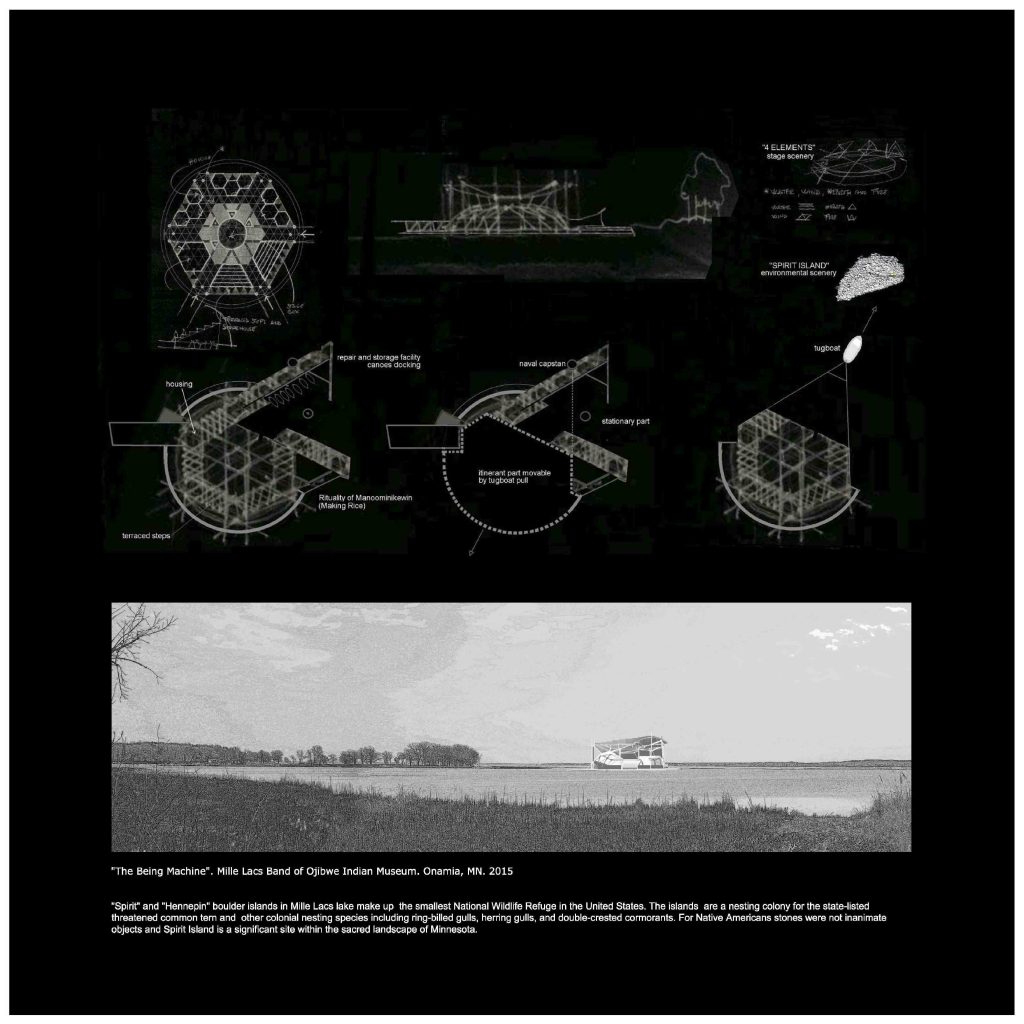
“Spirit” and “Hennepin” boulder islands in Mille Lacs lake make up the smallest National Wildlife Refuge in the United States. The islands are a nesting colony for the state-listed threatened common tern and other colonial nesting species including ring-billed gulls, herring gulls, and double-crested cormorants. For Native Americans stones were not inanimate objects and Spirit Island is a significant site within the sacred landscape of Minnesota.
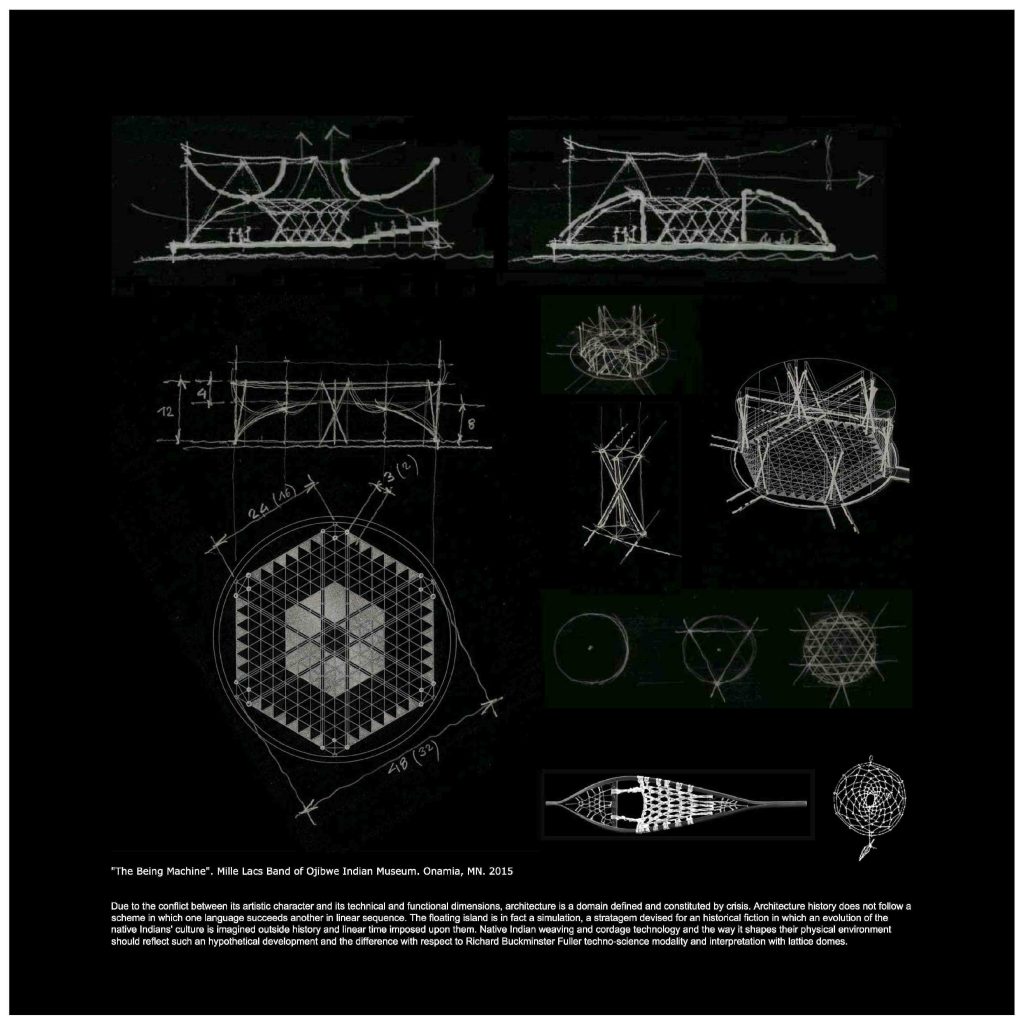
Due to the conflict between its artistic character and its technical and functional dimensions, architecture is a domain defined and constituted by crisis. Architecture history does not follow a scheme in which one language succeeds
another in linear sequence. The floating island is in fact a simulation, a stratagem devised for an historical fiction in which an evolution of Native American culture is imagined outside history and linear time imposed upon them. Native traditions of weaving and cordage technology and the way they shapes their physical environment should reflect such an hypothetical development and the difference with respect to Richard Buckminster Fuller techno-science modality and interpretation with lattice domes.
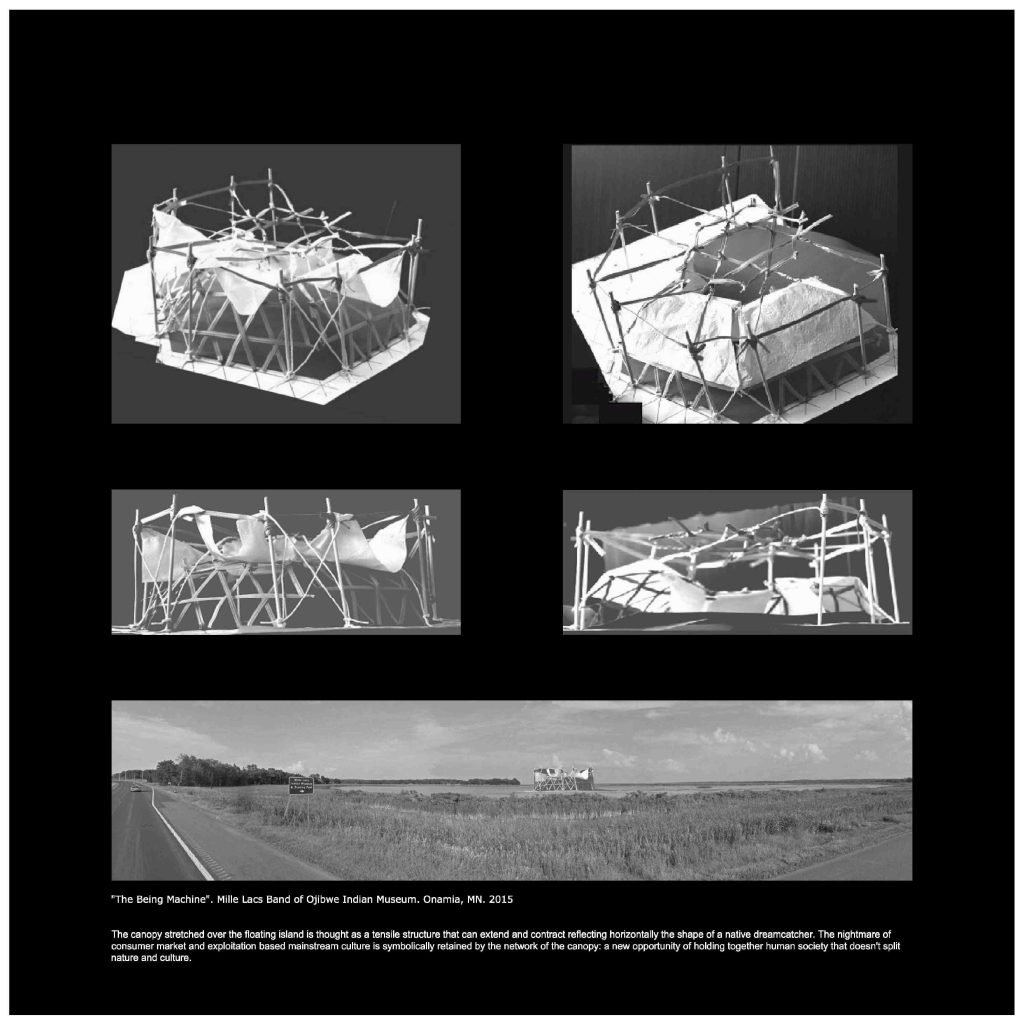
The canopy stretched over the floating island is thought as a tensile structure that can extend and contract reflecting horizontally the shape of a native dreamcatcher. The nightmare of consumer market and exploitation based mainstream culture is symbolically retained by the network of the canopy: a new opportunity of holding together human society that doesn’t split nature and culture.
Restoration Church Addition - Rush City, MN

The Imes covered bridge in Iowa, is a compelling image with a powerful sense of place. We took it as an inspiration that propelled the design concept. According to Martin Heidegger, dwelling occurs in a building that allows for a sense of place . A bridge is a manifestation of the fourfold which is at the base of all dwelling. A bridge collects and unites all aspects of the fourfold: earth, sky, mortals and divinities.
Principles/scope of work:
1. Reconnect the street façade. Rewoven urban fabric by linking the 2 existing buildings.
2. Improving street-level pedestrian walkways and access to people with disabilities by connecting sanctuary and parsonage house with new internal ramp.
3. Improving facility functionality by providing dedicated new lobby and main entrance to the west side.
4. Rewoven social fabric and community identity through sense of place by promoting “street life” versus social segregation and fragmentation through a covered public court and bleacher stairs as vital gathering place of both spatial and social interconnectedness.
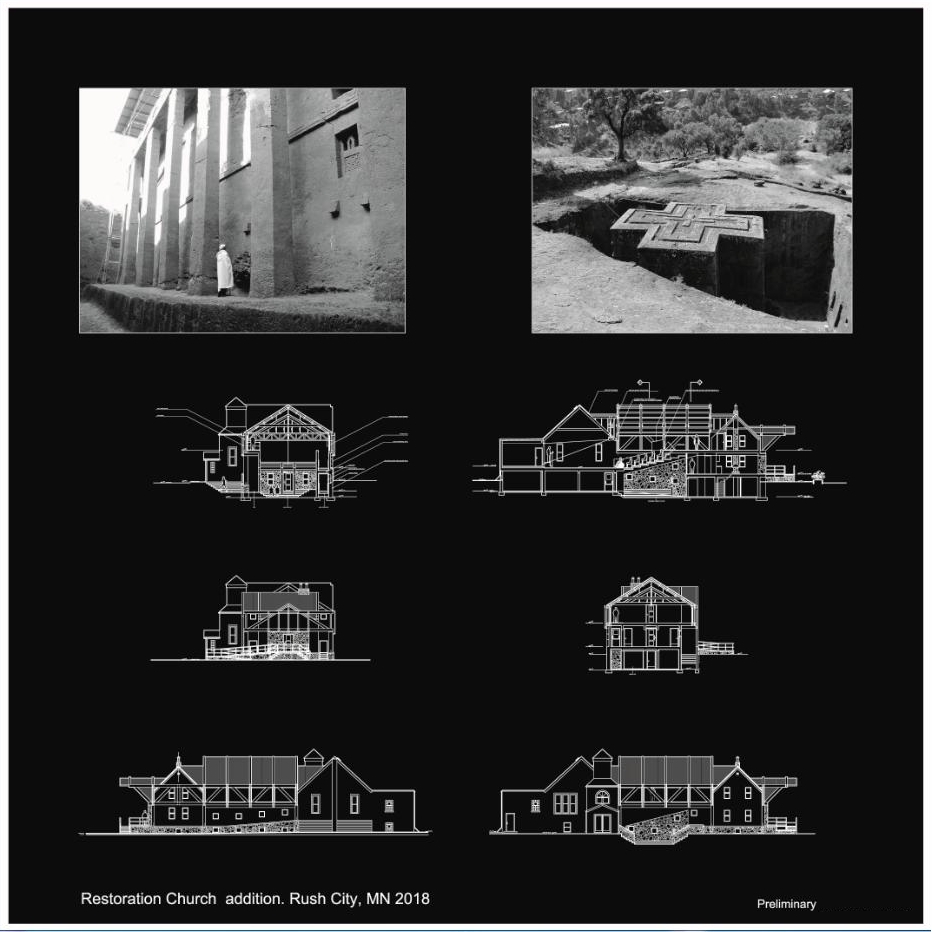
There is something of primeval and powerful in line with the Restoration Church mission statement in locating the core origin of the Church addition in the backdrop of the covered public court as an hypogeal architecture. The stone wall emerges from the ground on the south side of the building as if it were a monolithic rock-cut church. A work of inside-out, as in the most ancient churches of the world: the rock-hewn church of Lalibela in Ethiopia is an example.
Stanchfield Bridge Restoration. 2019 - With Becklyn & Whitney Engineers
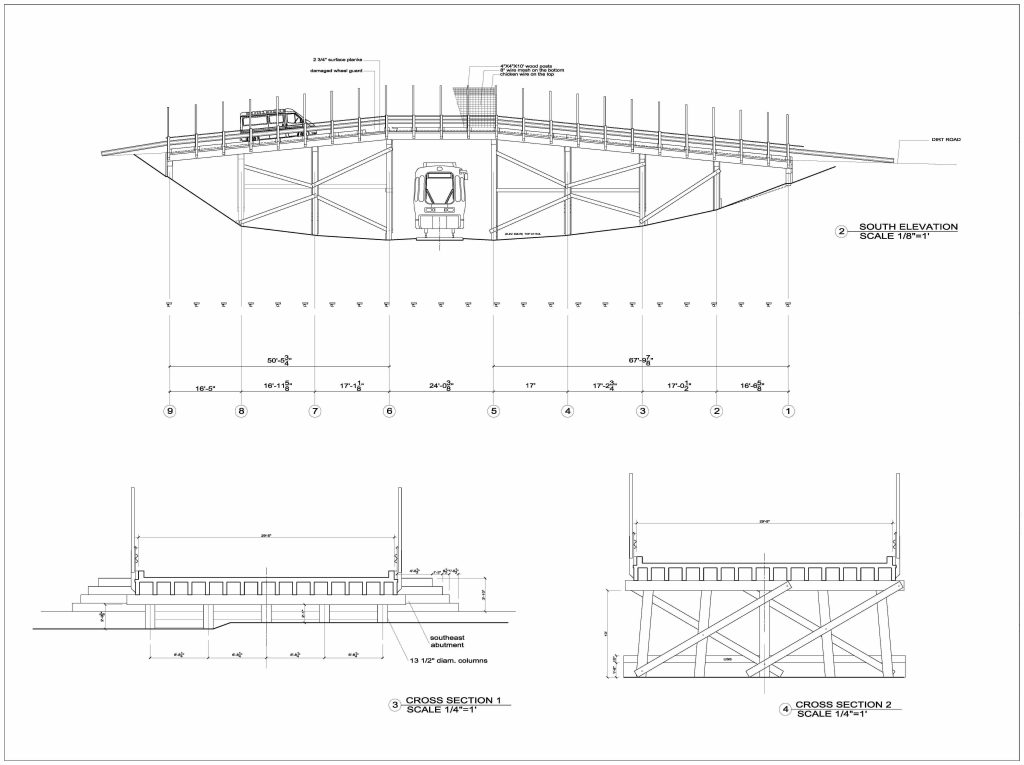
– Structural restoration and upgrading of the disused bridge.
– Rehabilitation of bridge as a privileged transit to Stanchfield rural settlements.
– Rural landscape requalification / Integrated landscape project.
